Tips for Starting out in Character Design
Joel Santana talks us through his career as a character designer and shares advice for starting out
Character designer, visual artist and illustrator Joel Santana creates magical worlds inhabited by curious beings. Based in Florida, Santana grew up in New York where he was fully immersed in the city’s energetic art scene and “grittiness”.
By his early teen years, he had already begun to paint landscapes and still life with oil paints, inspired by the likes of Bob Ross, Disney animation and, one of his all-time favorites: Norman Rockwell. It was during these early years that he got to grips with traditional techniques and developed an understanding of color that he would later apply to his character designs.
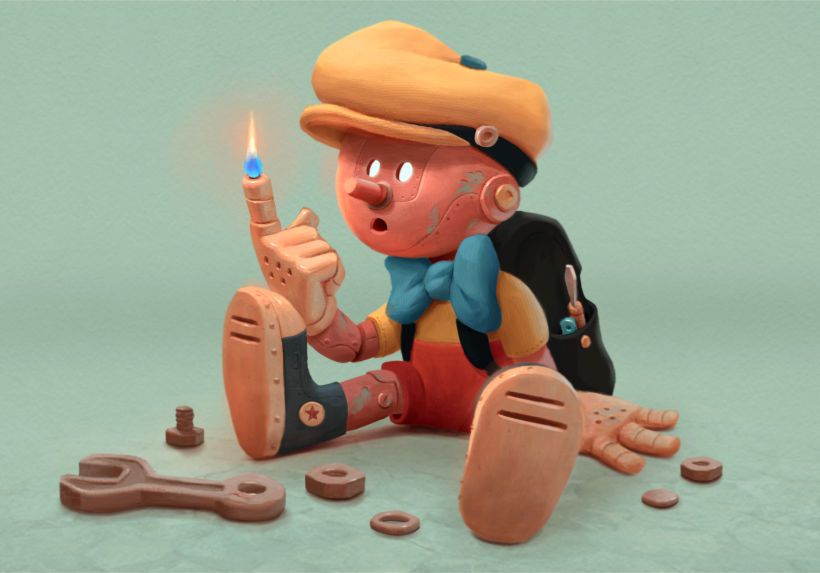
A paid internship at Disney landed him inside the walls of a company he had always dreamed of working for: “Immediately they put me down to work on pretty cool projects. I remember doing props, such as an open book with pixie dust coming out of it and a cover illustration for a magazine of a modernized princess shoe with these little birds. Aside from the work itself, to be backstage and see how the company operates was jaw-dropping.”
Over the years, Santana has worked on a wide range of projects for a multitude of clients, from children’s books, toys and video games to advertising and animation. Here he talks us through his career and shares his advice for starting out as a character designer.
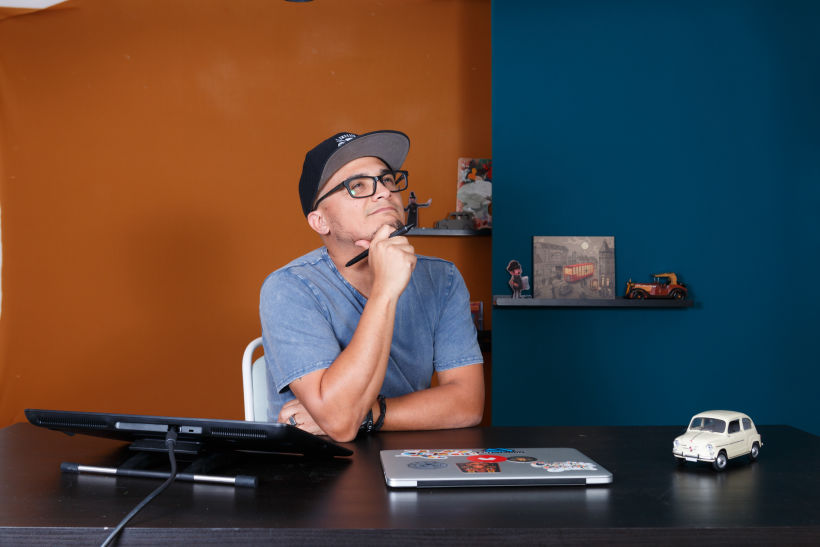

Learning the basics
Plein air painting is a great way to learn–get yourself a little portable painting kit and go and paint outside. I always suggest to students to paint what they see and not to worry about making it pretty. If you’re drawing clouds, try to capture their shape and the colors that you're seeing. A lot of the time you're looking at the clouds in the sky and you think that you're copying them but it's a combination of copying what you're seeing and your mind filling in the rest with what a cloud is supposed to look like, without you even realizing it. It's training yourself to paint what you see and not what you think is there.
Another way to learn is to copy from the masters: artists that are great craftsmen. Rather than just saying, "Hey, look at this really cool replica" of this character that this famous artist had already created and designed, try and understand why they made a line like this, why did they put a color down this way, the brushstrokes… Study it rather than just copying it. Then you retain that information and you apply it to your own work.
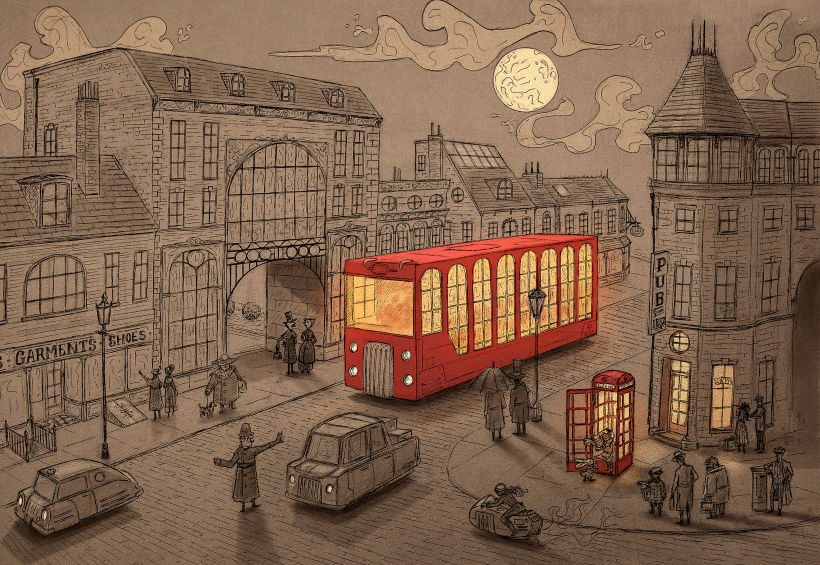
How creating characters for different industries compares
If I took a children's book character and one of the characters I did for a mobile games company, the way that I research and try to figure out who those characters are; how I visually communicate that a character is supposed to be a grouch, or that a character is supposed to be humorous or very clumsy; the way that I research and do my sketches… The process of developing the character is very similar. However, once I get further along, when I have to polish it and make a final piece of art, then there are technical things that will vary from one industry to the next. [Maybe there are things] you have to do so it's ready to go on to the next department. There are character turnarounds where you have to draw the character from different angles or in different poses, and that's required for TV or film. For children's books, I did similar illustrations for my own benefit but the client hadn’t asked me to do that. It was so that I could have a better understanding of what that character looked like.

Using lighting and color to communicate personality traits
Immediately for a villain, you might think black, navy blue, purple. There's a sinister color palette that comes to mind. However, you will see beautifully-designed characters where maybe the good guy is wearing these colors, and it reads well and it works. But yes, I have certain palettes that I will use [for certain personalities] but lighting also helps with that. Say it's a villain, depending on their expression, if they have a sinister smile, and they're bottom-lit, like if you get a flashlight and you point it up, that feels frightening. Lighting the character, the expression, the color palette, their environment, all of those things come together and really read as a hero or a villain.
If I'm drawing a hero, maybe they'll have a more heroic pose and the lighting will be coming from the top left or top right. I might not have harsh shadows, it will be a softer light that's hitting this character. If it's someone who's a thief, someone who's sneaky and mysterious, they might just have a strip of light across their face and everything else is in darkness or shadow–that adds mystery to it. For anyone really interested in this for characters, try and pick up on these things when you're watching a movie. They use certain lighting setups for the bad guy and the good guys. When it's done well, it's not super obvious but you will pick up on it if you're looking for it.
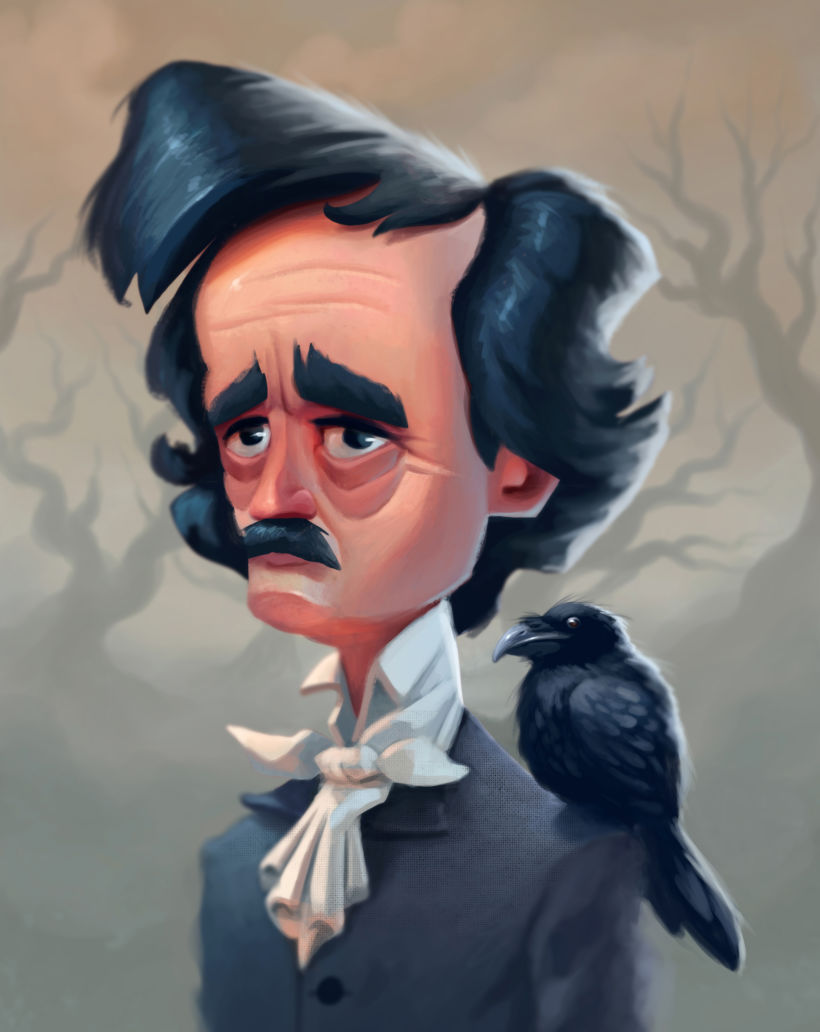
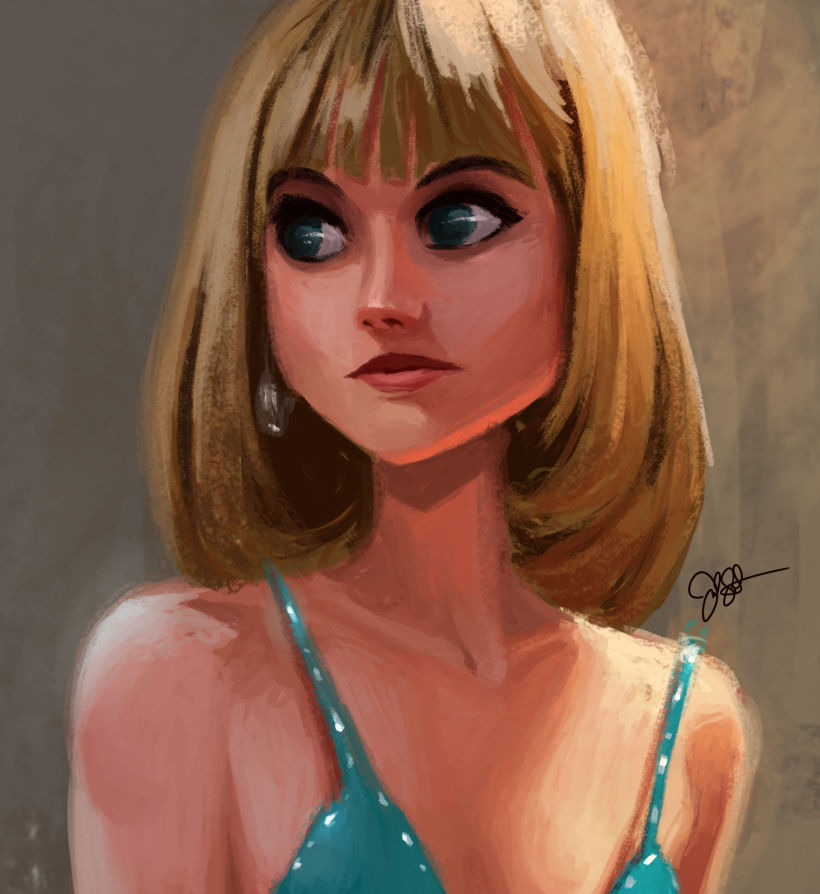
Sourcing new ideas
The best inspiration is life. A lot of times, when we intentionally try to look for ideas, it feels forced. Remember to step away from the computer and go and live life and enjoy the moments it has to offer. Things will happen. Someone will say something, and something about the way they said it and their expression and their body language might trigger a cool idea. I heard an artist say once that if you stay inside a cave and just draw all day, you'll eventually get really good, and really skillful, at drawing a lot of boring things.
I have two little ones and sometimes it's something that my daughter says that makes me laugh and I'll jot that down in a little sketchbook. Maybe I'll do a quick little stick figure sketch of a visual that came to mind. There are other times when I won't have an idea, so I have a fun tool I might use. I have two jars filled with different words and I'll pick one piece of paper out of each jar. Let's say one piece of paper says “winter” and the other says “sadness”, I'll work out how I make that into an image.

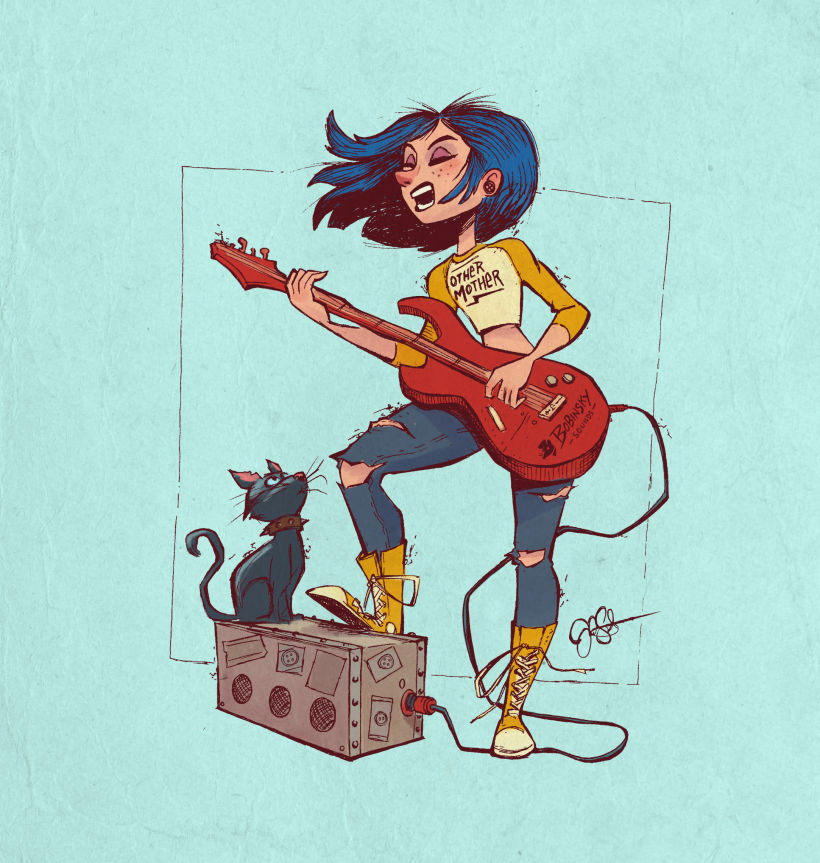
Any last advice for those interested in a career in character design?
Familiarize yourself with and practice human anatomy. When you're designing a character, if you have a good grasp on reality and what a real person looks like–the proportions–then you can exaggerate those, you know which parts to exaggerate well. But if you don't understand human anatomy and proportions, and you jump straight into exaggerating stuff, it's just not gonna feel right and you're gonna wonder why not. It's because you don't have an understanding of realistic proportions.
Being able to communicate visually a feeling, that's something that studios are going to look for. It's very important to be able to understand these emotions and expressions. People want to be able to connect with the characters you are drawing. They don't want to just see heroic poses. They want to know, who is this person? That's probably the most important part if you want to get into character design. Art directors are going to want to see emotion in your work.
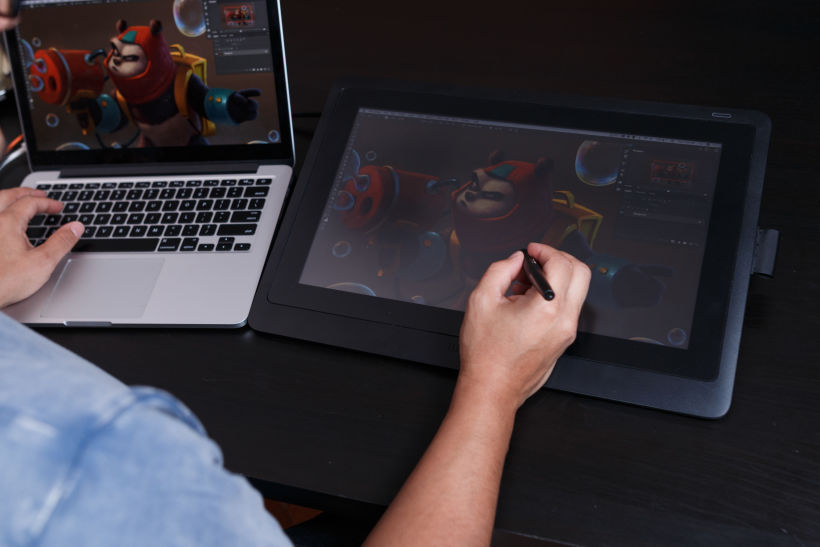
If you enjoyed reading Joe’s advice and learning more about his work, check out his Domestika course, Digital Painting for Characters: Color and Light.
You may be interested in:
- Challenge: Draw a Character in 5 Minutes Using Photoshop.
- 6 Tips for Starting Out as an Illustrator.
- How to Install New Brushes in Adobe Photoshop.




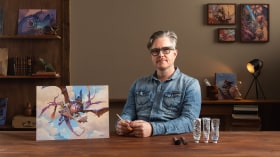
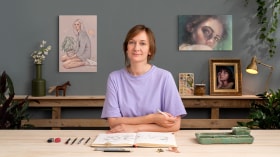

0 comments